
LIBRARY OF ABSENCE
Published in 2024 under the editorial direction of Céline Fribourg.Sculpture created for the book by Conrad Shawcross:
anodized aluminum case housing a rotating projection device, backlit by LEDs, and sixty-four cardboard discs in different colors.
The perforations on each disc represent one of the main motifs of the artist's geometric research.
Unpublished texts by Céline Fribourg (edited by David Frankel and Amie Corry):
“Expanding visions: Interview with Vladimir Kramnik” (world chess champion 2000–2006); “Expanded Visions: Introduction to the History and Symbolism of Chess”

Book (25 x 25 cm) printed on Fedrigoni papers. Stitched square spine, encased in a Bodonian cover in rosewood de santos, covered with a silk-screen-printed black and white checkerboard.
Original photograph by Aleph Uteza Lysimaque printed on Hahnemühle Photo Rag 310g paper.
An edition of 30, signed by the artists.
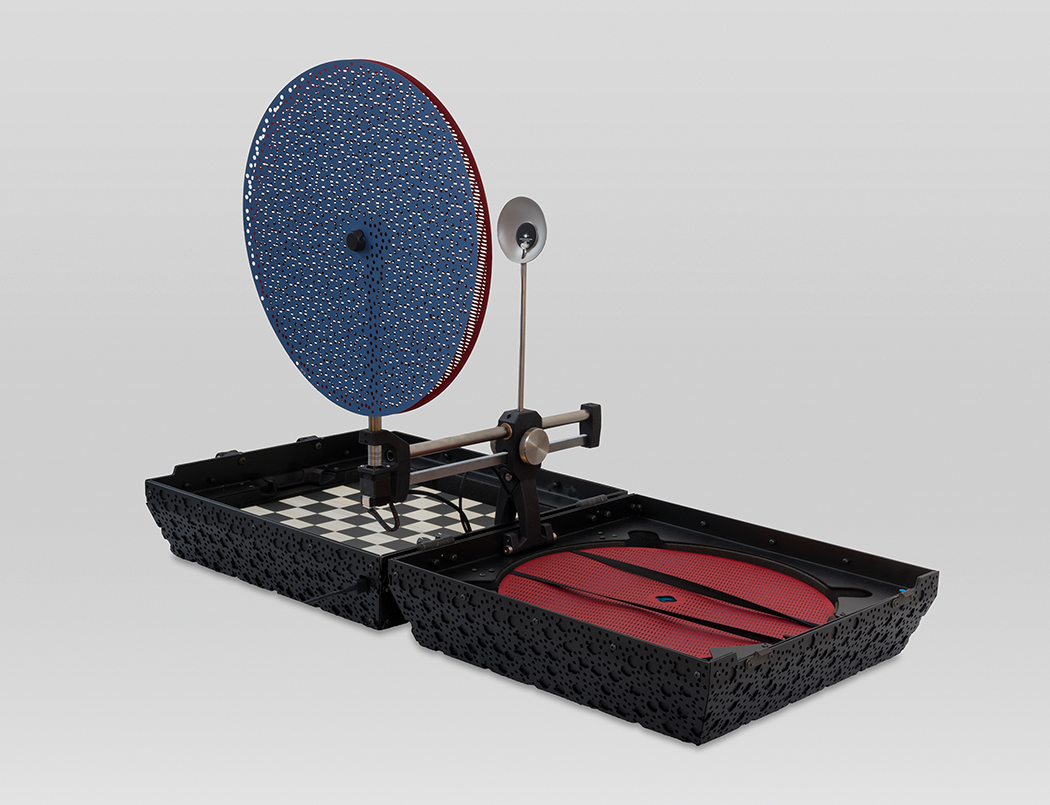
In the artist’s book Library of Absence we explore ideas of expansion and the infinite through geometry, pattern, and rhythm. Infinity has haunted human beings since they first looked up at a blue sky or a starry night. On the scale of the universe, we humans are miniscule, but we are nevertheless aware of our limits and capable of conceptualizing them. In fact, in order to understand reality, we have the resources to build models that formalize the truth in an abstract way. Mathematics seems to be an ideal tool for modeling infinity. Geometry permeates our world: it punctuates the construction of nature, whether through fractals, infinite series, or many other examples. Contemplating this artist’s book gives us an instinctive grasp of infinity.

Library of Absence has been created as an intimate territory of wonder as much as a tool to help us conceptualize infinity. It opens into an ever-changing landscape of light patterns, a proliferation of possibilities. Conrad Shawcross has designed and engineered the tray case of the book as a valise that he calls an “umbrette,” deriving from the Latin word umbra (shadow) and also referring to a Dansette, a portable record player from the ’50s—an object evoking precious childhood memories for the artist.

Once opened, this sculptural suitcase offers the ability to produce on the wall a quasi-infinite number of patterns drawn by shadows. Following the blueprint laid out in his ongoing series Patterns of Absence, Shawcross has used his acute understanding of geometry and perspective to question and redefine space, producing a proliferation of possible geometric configurations. The device he has created for Library of Absence mystifies space by projecting aperiodic patterns of light. It is a complex projection system consisting of a motor, a light source, and an axis on which two perforated cardboard discs rotate in opposite directions. Their incremental counter-rotation allows light to penetrate through the cut-outs in their surfaces. Like stained-glass windows, these disks are activated by the light passing through them. As the title Library of Absence suggests, the motifs are born from the voids in the cut-out shapes. The luminous tableaux created by these changing superimposed patterns create an immersive, meditative experience, evoking the changing light on the sea, the twisting movement of a vortex, or a flight of starlings in the sun.
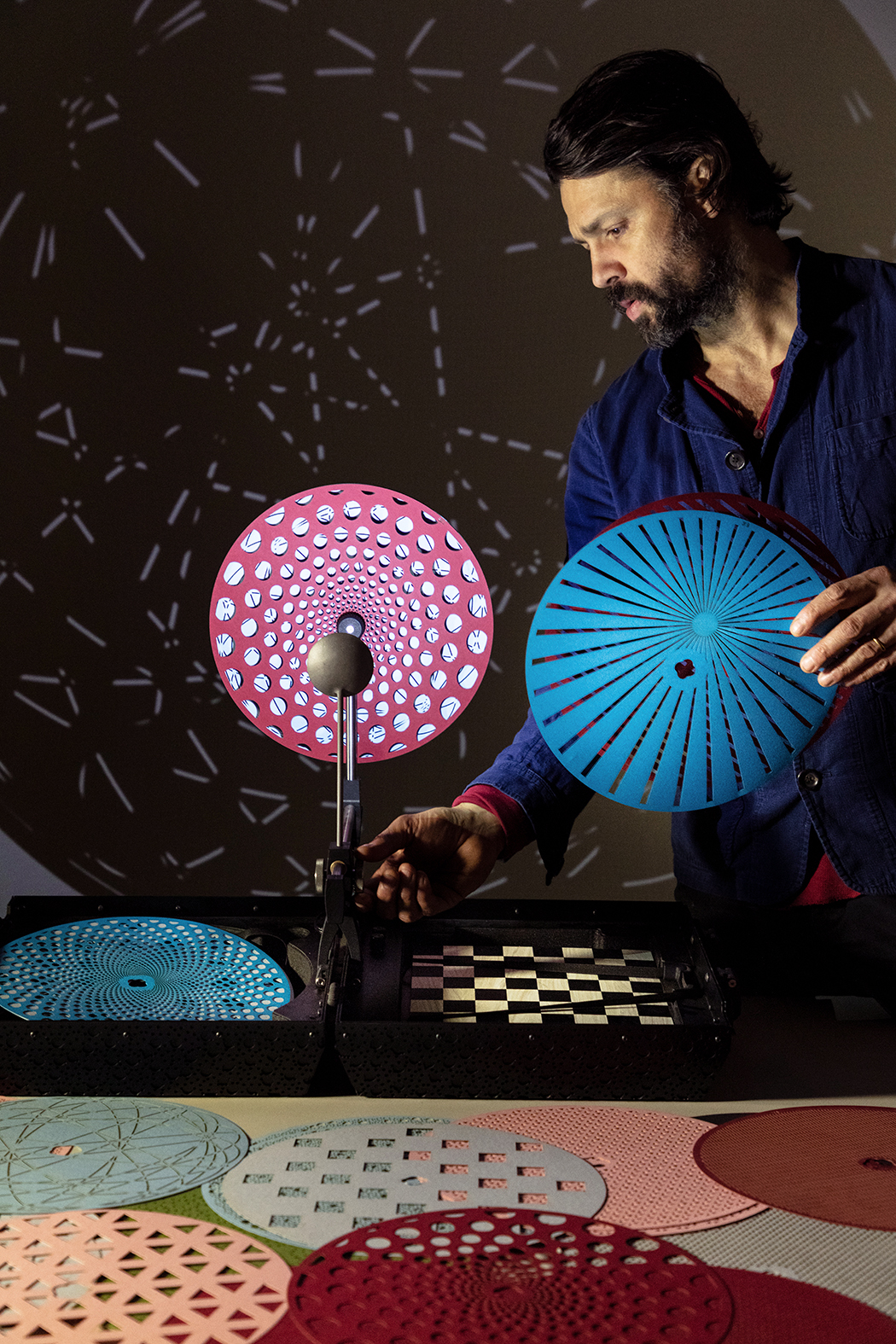
Looking at this artist’s book, which can be seen as a tribute both to Marcel Duchamp's rotoreliefs and to Op art, one might wonder what links the work—a kind of magic lantern projecting infinite constellations of patterns and shadows onto the wall—and a chess set. How does Russian world chess champion Vladimir Kramnik relate to British artist Conrad Shawcross? Both create worlds within our world, inviting us to broaden our vision. Indeed, chess offers us another way of apprehending the infinite: although the chessboard comprises just sixty-four squares, mathematicians know that there are more possible variants in a game of chess than there are atoms in the observable universe. Because of this complexity, starting a game is like opening a Pandora’s box, navigating a new universe through the sheer power of human intelligence. Chess lets us build a tree of possible combinations that becomes increasingly complex as the game progresses. Each game configuration offers a different succession of patterns. The recognition of such patterns lies at the heart of the cognitive sciences.

The text of the book is in two parts: first, the interview with Kramnik, highlighting his thoughts on strategy, self-control, balance, time, beauty, expansion, and deep vision; and second, a brief history of chess, and a study of its influence on philosophy, literature, sociology, linguistics, and the arts.
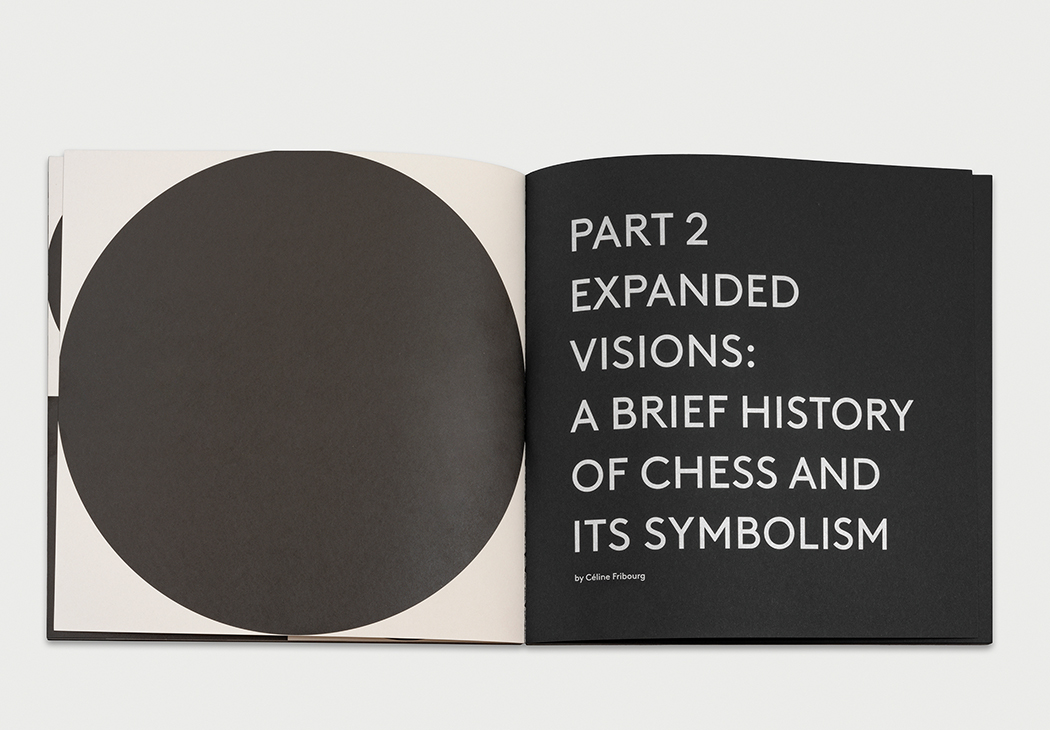
The Graphic design is by Aurèle Sack, it activates the power of the square and the cycle, throughout a dynamic construction of the maquette. The typography has been created by the Swiss designer.
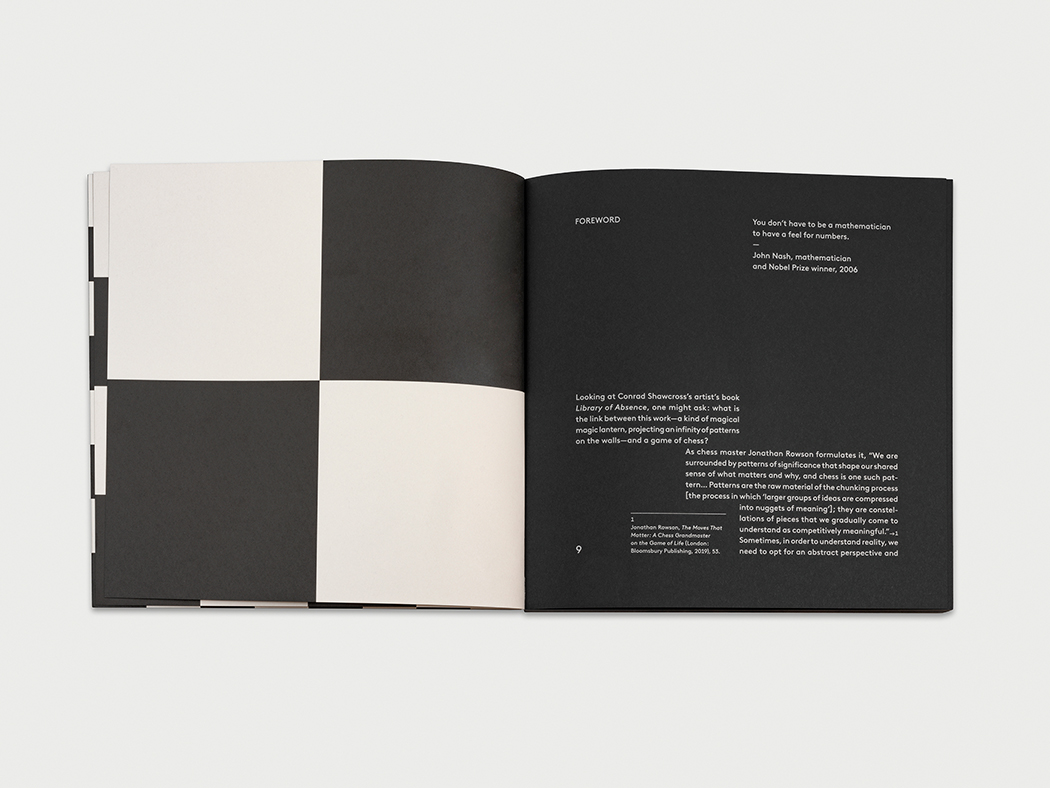
An additional work of art, La Bataille de l’Ombre (The battle of shadow alludes directly to Kramnik. This photograph by Aleph Uteza Lysimaque could claim filiation with the work of Pierre Soulages in the striking depth of its black gradations. It quite mysteriously depicts the famous chess game of autumn 2000 in which Kramnik beat Garry Kasparov to become world champion.



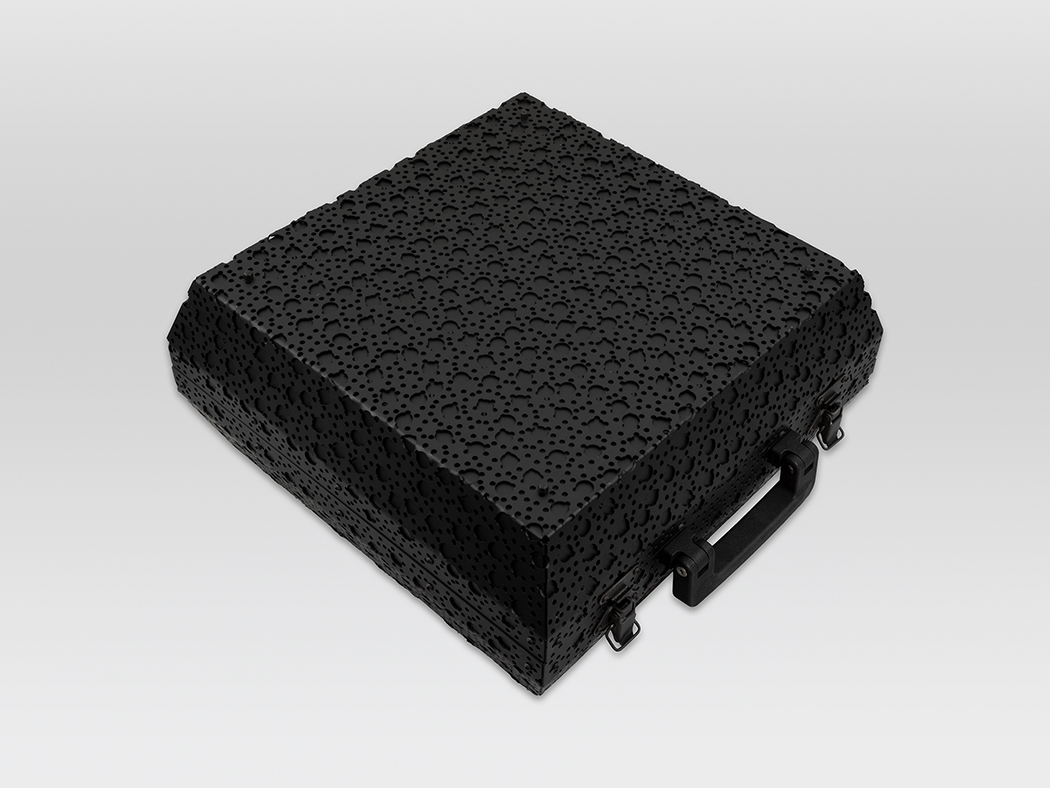

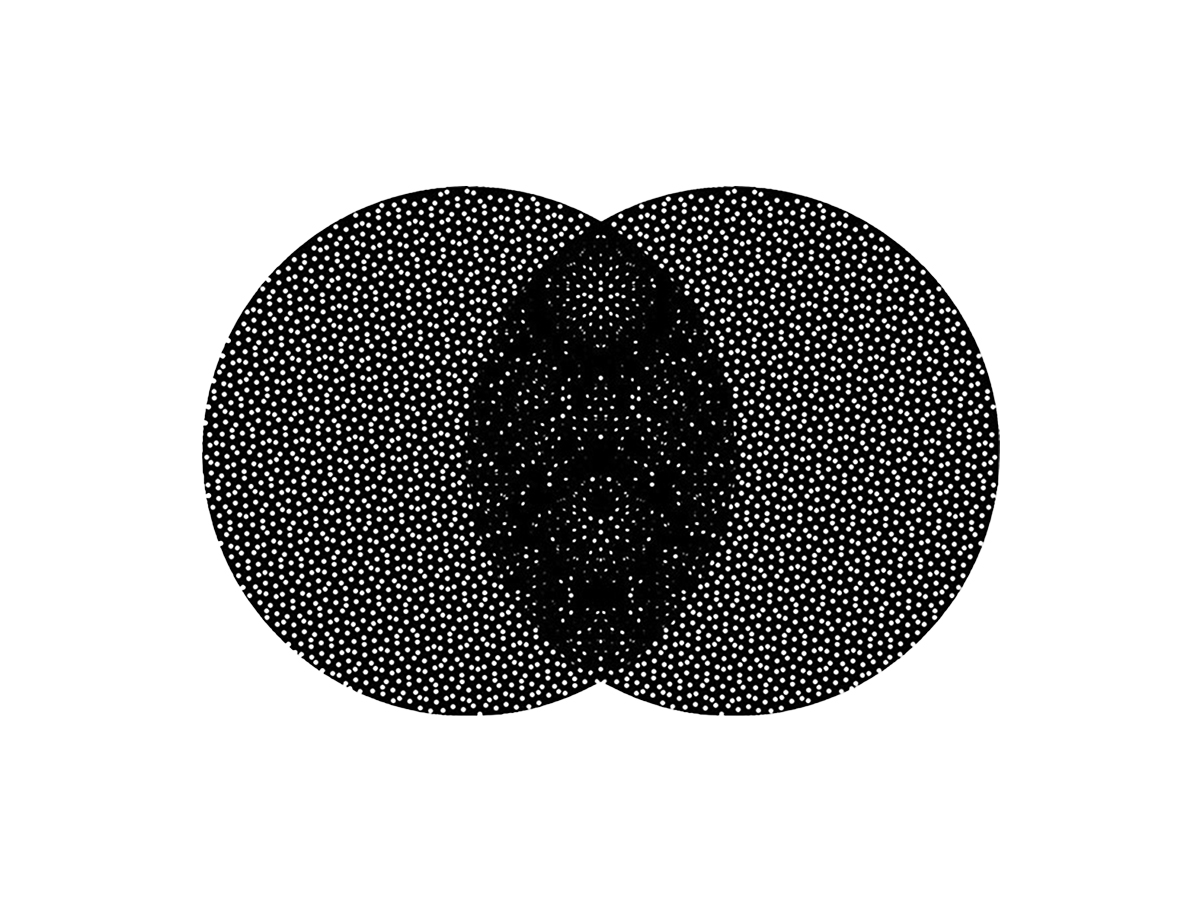
link to audio
 FR
FR